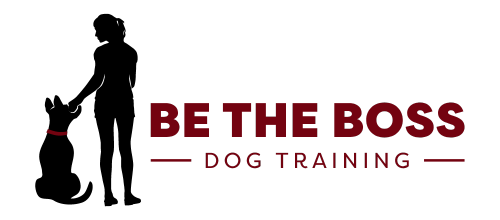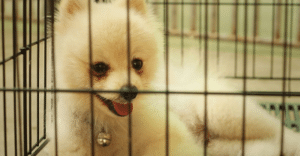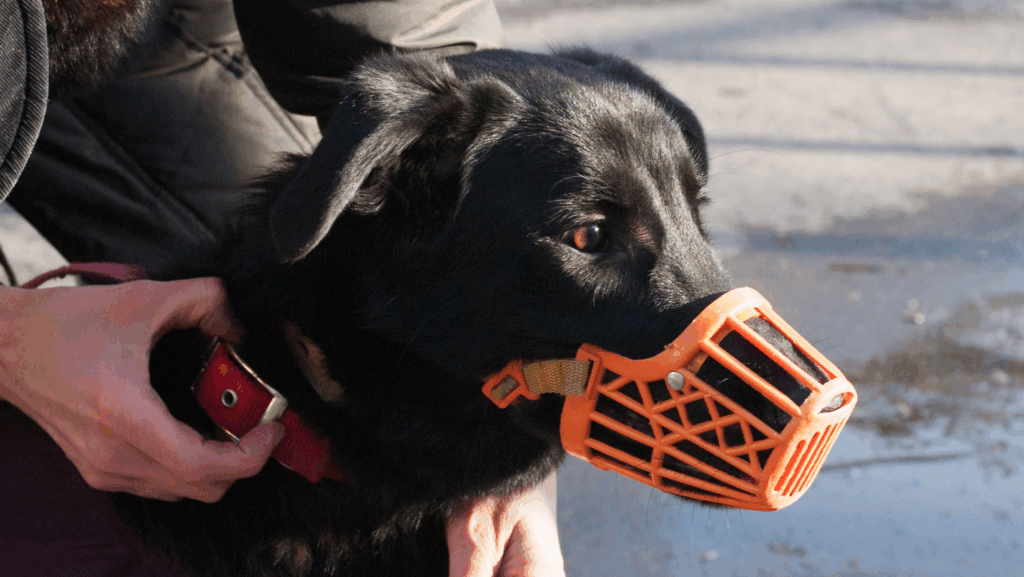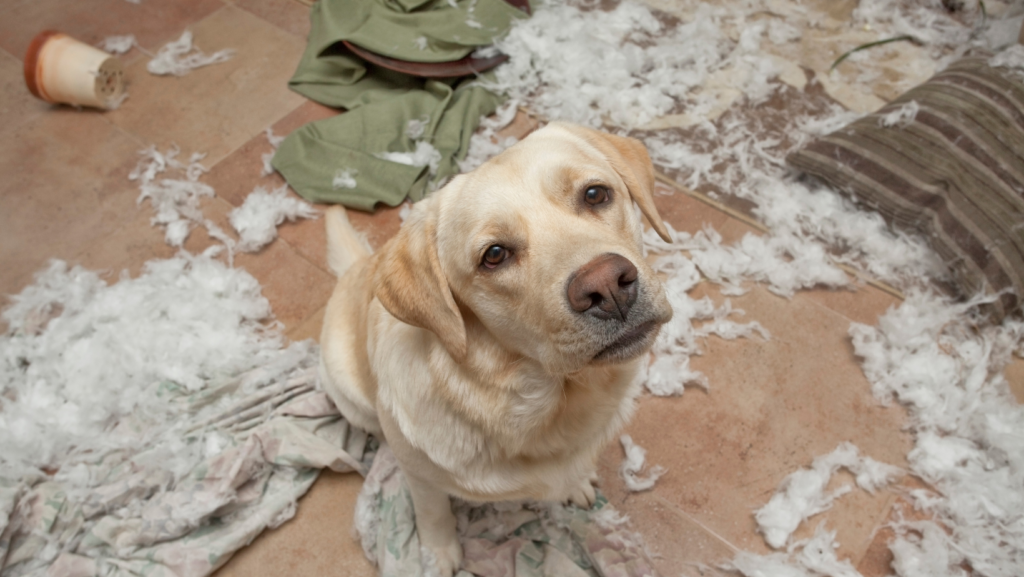This can be so frustrating…and stinky! I get calls from people asking this question a few times a week. And the cause of the problem is usually the same. The crate is too big.
Dogs do not like to stand, sit or lay down in their own feces. If the crate is too big they are able to relieve themselves in one corner, and relax comfortably in another. Buying the correct crate size eliminates this problem, and the puppy learns to hold its potty until mom or dad comes home.
So, what is the right size crate? A dog should be able to stand up, turn around, and lay down comfortably in their crate and that’s it. Take a look at the size chart below:

Another tip is to keep your puppy’s potty schedule consistent; same time in and out each day. Potty trips to the backyard, and play time trips to the backyard should be separate. If they are going potty take them out, when they are done bring them back in. Then, if it’s time to play, take them outside to play.
Please keep in mind we are talking about a puppy. They are babies, and it takes time for babies to learn how to control their potty. There will be accidents. Do not get mad at the puppy. Clean up the mess and move on.
If you have any questions please contact me. For some puppy training tips you can watch videos here.





